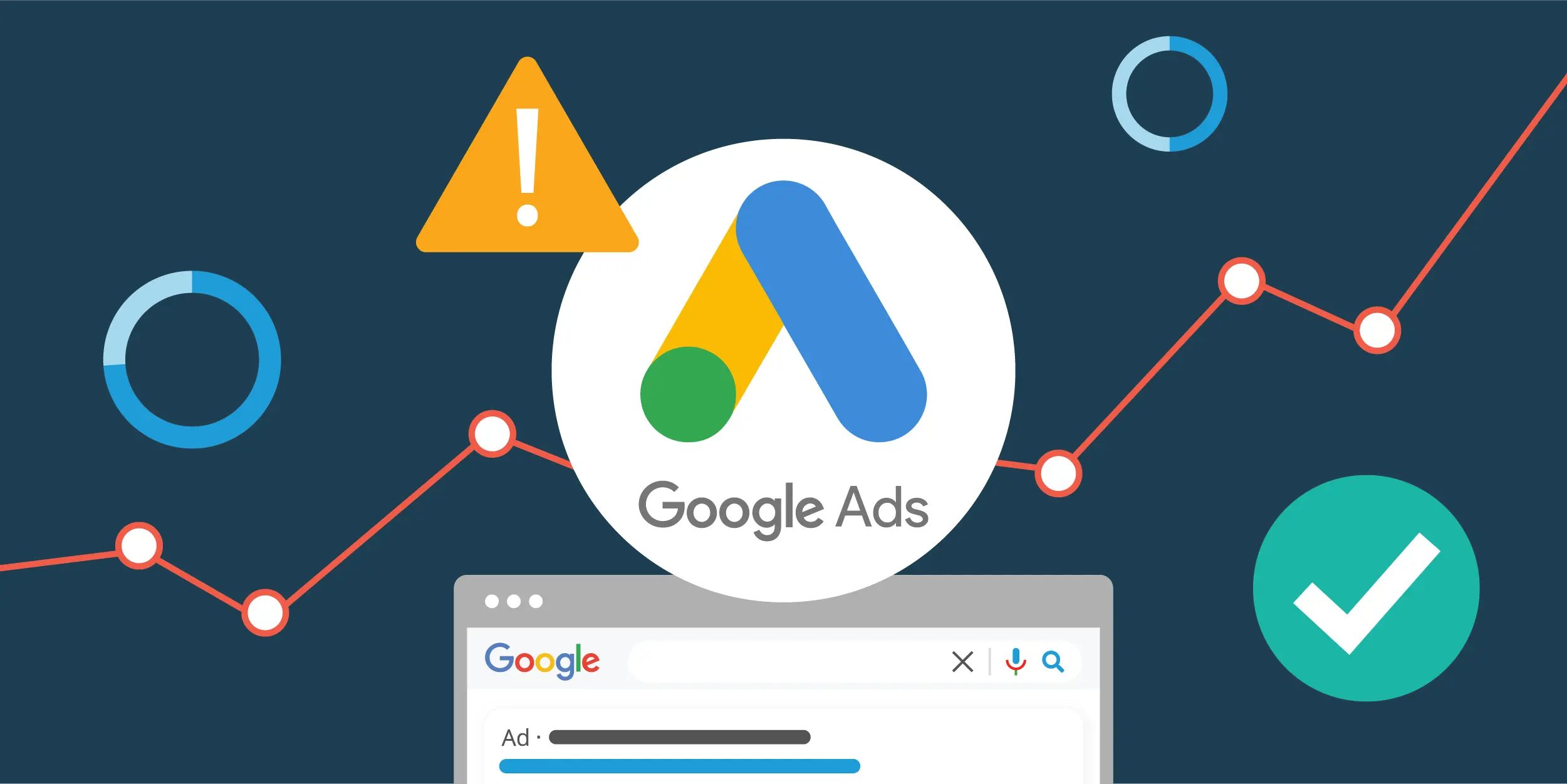Google Ads is a powerful tool for driving targeted traffic and achieving business goals. However, optimizing your campaigns is essential to maximize your return on investment (ROI) and ensure your ads reach the right audience. Here’s a comprehensive Google Ads Optimization Guide on how to optimize your Google Ads campaign for better results. Firstly,
1. Conduct Thorough Keyword Research
Keywords are the foundation of any Google Ads campaign. Therefore, effective keyword research ensures your ads appear for relevant searches.
-
Use Keyword Planner: Google’s Keyword Planner is an excellent tool for discovering new keywords and estimating their search volumes.
-
Long-Tail Keywords: Focus on long-tail keywords, which are less competitive and more likely to convert.
-
Negative Keywords: Identify and add negative keywords to prevent your ads from showing for irrelevant searches.
2. Improve Your Ad Copy for Better Results with Google Ads Optimization
Your ad copy is crucial for capturing attention and driving clicks, especially when leveraging Google Ads optimization techniques.
-
Include Keywords: Incorporate your main keywords into the ad copy to make it relevant.
-
Clear Call-to-Action (CTA): Use compelling CTAs like “Buy Now,” “Sign Up Today,” or “Learn More.”
-
Highlight Unique Selling Points: Showcase what makes your product or service unique, such as special offers, discounts, or benefits.
3. Google Ads Optimization: Improve Quality Score Easily
Quality Score is a metric that Google uses to determine the relevance and quality of your ads and keywords. Consequently, a higher Quality Score can lead to lower costs and better ad placements.
-
Ad Relevance: Ensure your ad copy is relevant to the keywords and the landing page.
-
Click-Through Rate (CTR): Aim for a high CTR by creating compelling and relevant ads.
-
Landing Page Experience: Make sure your landing page is user-friendly, relevant, and loads quickly.
4. Optimize Landing Pages
Your landing page is where users end up after clicking your ad. Consequently, optimizing this page can significantly impact your conversion rates.
-
Relevant Content: Ensure the landing page content matches the ad’s promise.
-
Fast Load Times: Slow-loading pages can increase bounce rates. Use tools like Google PageSpeed Insights to improve load times.
-
Clear CTA: Your landing page should have a clear and visible CTA that encourages users to take the desired action.
5. Use Ad Extensions for Google Ads Optimization
Additionally, an Ad extensions provide additional information and can make your ads more engaging.
-
Sitelink Extensions: Direct users to specific pages on your website.
-
Call Extensions: Allow users to call your business directly from the ad.
-
Location Extensions: Show your business address and increase foot traffic.
6. Regularly Monitor and Adjust Bids
Bid management is crucial for controlling your ad spend and ensuring you’re getting the best possible ROI. Therefore, regularly monitoring and adjusting bids based on performance data is essential.
-
Automated Bidding: Use Google’s automated bidding strategies to optimize for conversions.
-
Manual Adjustments: Regularly review your bids and adjust them based on performance data.
7. Test Different Ad Variations
A/B testing is vital for understanding what works best for your audience. Additionally, it allows you to refine your strategies based on real data
-
Create Multiple Ads: Create different versions of your ads to test various headlines, descriptions, and calls-to-action (CTAs). Additionally, analyze the performance of each to refine your advertising strategy.
-
Analyze Performance: Use Google’s A/B testing tools to compare the performance of different ad variations and refine your strategy.
8. Monitor Performance Metrics
Regularly reviewing your campaign performance is essential for ongoing optimization.
-
CTR and Conversion Rate: Track your CTR and conversion rates to gauge ad effectiveness. In addition, monitor your cost per conversion to ensure you’re getting a good return on your ad spend.
-
Cost Per Conversion: Furthermore, monitor your cost per conversion to ensure you’re getting a good return on your ad spend.
-
Search Terms Report: Use the search terms report to see what queries triggered your ads and refine your keyword list accordingly.
9. Utilize Remarketing for Google Ads Optimization
Remarketing allows you to target users who have previously interacted with your website or ads.
-
Set Up Remarketing Lists: Create remarketing lists based on user behavior, such as page visits or previous conversions.
-
Tailored Ads: Develop ads that specifically target these users with relevant offers and messages.
10. Stay Updated with Industry Trends
Moreover, the digital marketing landscape is constantly evolving. Therefore, staying updated with the latest trends and best practices can give you a competitive edge.
-
Follow Industry Blogs: Additionally, keep an eye on blogs and websites dedicated to PPC and digital marketing; they provide valuable insights into industry trends and best practices.
-
Attend Webinars and Conferences: Participate in webinars and conferences to learn from experts and network with peers.
Conclusion
In conclusion, Google Ads Optimization requires a combination of strategic planning, continuous monitoring, and regular adjustments. By focusing on keyword research, ad copy, Quality Score, landing pages, ad extensions, bid management, testing, performance metrics, remarketing, and staying updated with industry trends, you can significantly improve your campaign’s performance and achieve better results.
